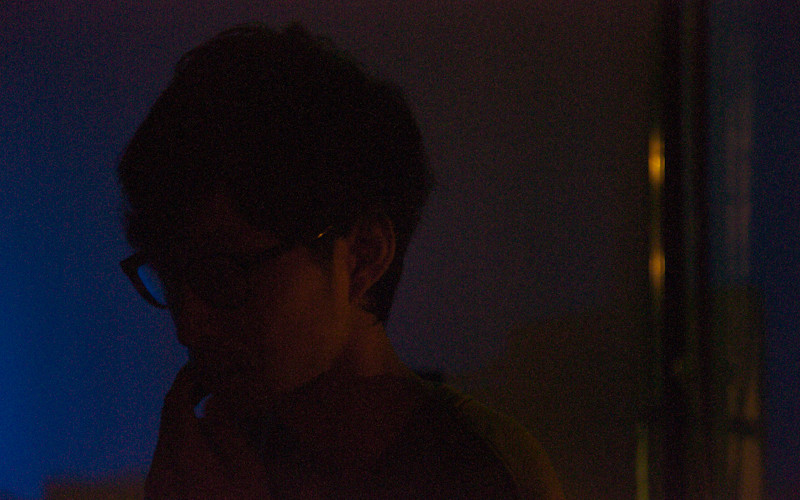It’s then that I see Clint Eastwood scurry away unnoticed. I see my pig running into the ocean, his pink snout inching across the sea’s dark surface, phosphorescence glittering around his head like a crown of blue stars.
Rattawut Lapcharoensap, “Farangs” from Sightseeing (Glove Press, 2005)
The title of my project Sight Seeing is taken, rather directly, from Sightseeing by Rattawut Lapcharoensap, a short story from a book of the same title. In Sightseeing, the main character, a teenage boy, travels south by train with his mother to go to the Andaman Islands from Bangkok. The mother is losing her eyesight. From the window, he sees the railroad dividing the cobalt-blue ocean of Andaman and the more reddish, dirty waters of the Gulf of Thailand. The railroad cuts through two worlds. The mother can sometimes see the view, while some other times, she can’t. On the train, the mother tells the son about the conditions of her eyesight:
Sometimes, when she opened her eyes, the world would still be murky, blurred, like opening her eyes underwater, and it often took a while before things came back into focus again.
Rattawut Lapcharoensap, “Sightseeing” from Sightseeing (Glove Press, 2005)
Sightseeing—an excursion; a view; eyesight; perception to see . . . It refers to the excursion the main character takes with his mother. He sees the view and the light in front of his eyes, while his mother is being shut off from the world of light. The boy looks at his mother; he is helpless to cure her ability to see. Being with her, he is filled with memories from the past, while in front of him lies the future filled with possibilities. Caught between the thoughts of staying with the mother and leaving her for college, he faces the beautiful vista in front of him.
The story seemed to me like an allegory of the photographic process, the act of being exposed to light. I was about to start a new photographic project that required long exposure time; the nature of the project required a long time to record the light, to see what is in front of my eyes and the lens, so I named the series Sight Seeing (Its Japanese title is 感光 [kanko] which means exposure to light and is a homonym of 観光 [kanko], meaning sightseeing).
I read the Japanese translation of “Sightseeing” recently. In the postscript, the translator writes:
The Japanese title 観光 may seem to be the direct translation of its original English title Sightseeing. Yet there is a lot more to it. The word sightseeing combines sight (eyesight, the field of view, scenery, landscape . . . ) and seeing (to see, the visual perception . . . ), and the rich connotations match the theme of the story. Therefore I entitled it “観光,” which could also connote “seeing light.”
Midori Furuya, Translator’s Postscript from Kanko [Sightseeing] (Hayakawashobo, 2010)
“Seeing light.” As seen in the short story, light is always flickering on the other side, somewhere in between here and there. We cannot reach it no matter how hard we tried. Lapcharoensap’s short stories included in Sightseeing are filled with characters that remind me of such a light: a transcendental being; a transgender woman who jeers at men during the physical checkups for military recruitment; a pet pig named Clint Eastwood; men who are obsessed with cock-fights; a crying Filipino boy who does not speak Thai; a Cambodian refugee girl with a golden tooth; an old American man shedding tears remembering the times he shared with his dying friend, with whom he watched many spaghetti western movies. I am not sure if this was intended but they all seem strangely queer-ish to me. In the Japanese edition, the translator also mentions that the author has disappeared from the literary world. I wish I could read his new novel one day, soon.
(C) 2012-2015 Futoshi Miyagi

